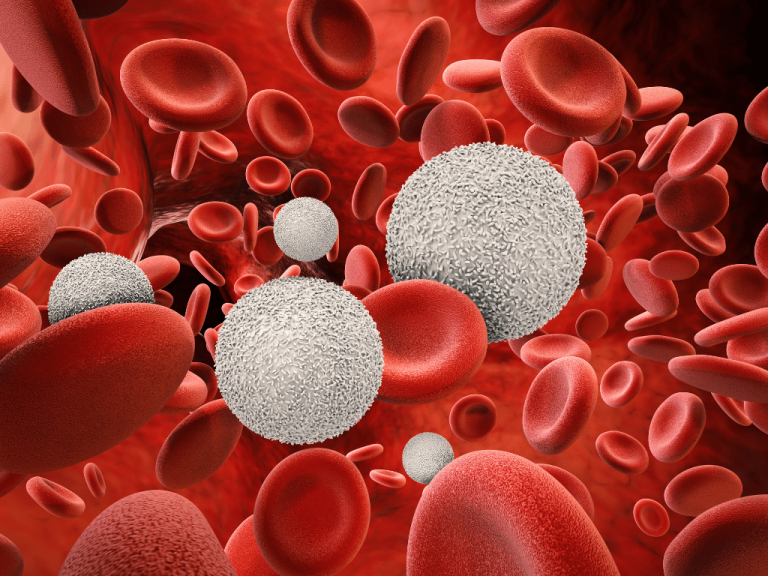The blood of higher animals, such as chickens, ducks, geese, pigs, dogs, cows, horses, and even humans, is bright red. Its main components are plasma, serum, white blood cells, and hemoglobin. Red blood cells contain hemoglobin, which gives the blood its vivid red color. If the blood lacks sufficient hemoglobin, anemia occurs. However, in lower animals, such as shrimp, crabs, dragonflies, spiders, and scorpions, their bodies also have circulating blood similar to that of higher animals, but this blood is not bright red. This is because their blood contains only cells similar to the white blood cells of higher animals and lacks red blood cells. Without red blood cells, there is no hemoglobin, so their blood does not appear red. However, some insects, such as midge larvae, have red blood because they contain hemoglobin. Some insects have blood that appears yellow or green, which is due to the presence of yellow or green pigments in their plasma.
Among animals, besides higher animals, very few have colored blood. Generally, their blood is colorless and appears transparent. Therefore, we might think it is not blood but a liquid. Interestingly, a type of beetle called the blister beetle or cantharidin beetle (also known as Spanish fly) has colorless blood that contains toxins capable of causing skin inflammation, so special care should be taken when collecting specimens. Although these lower animals do not have hemoglobin and their blood is not vividly red, their blood does contain elements similar to the white blood cells of higher animals.

